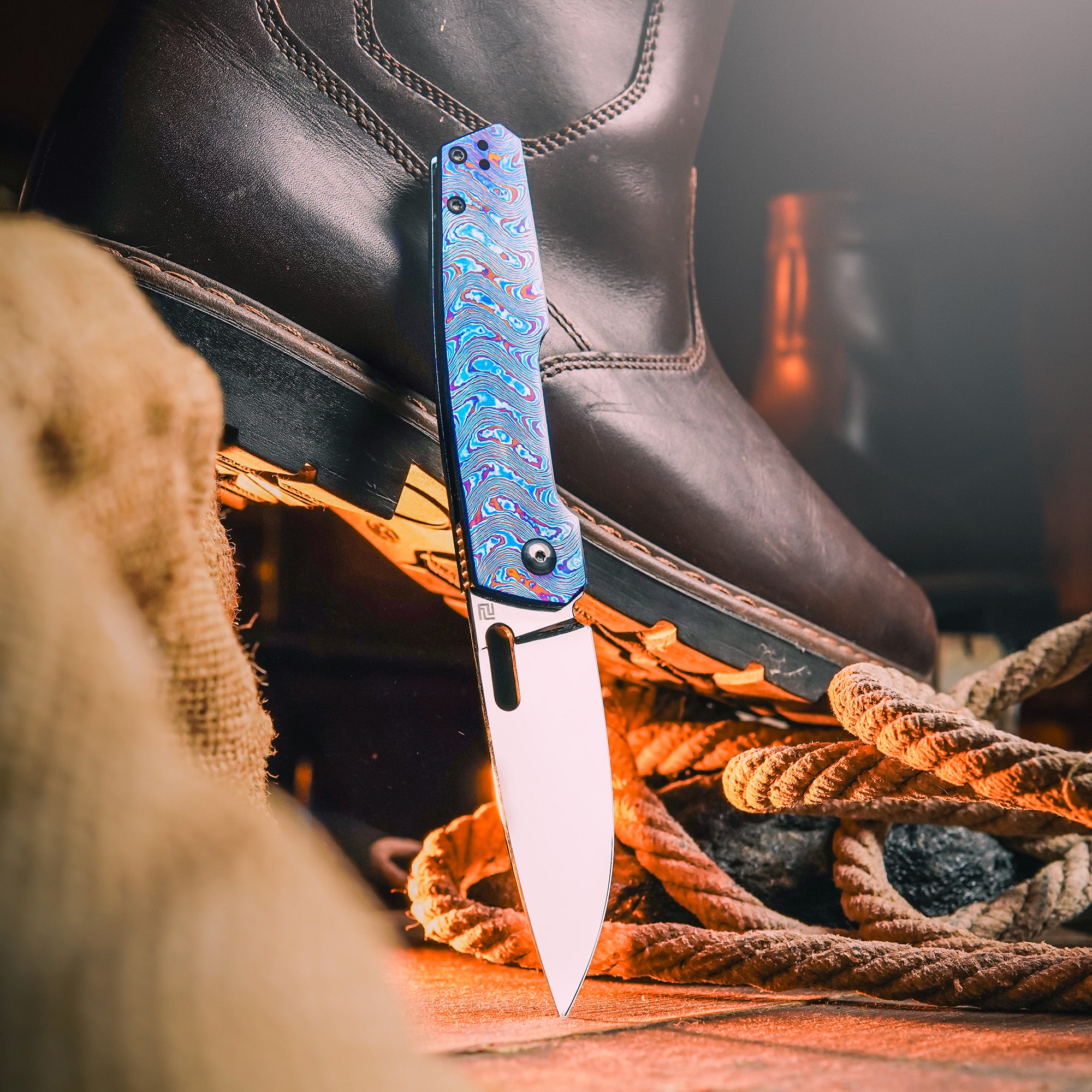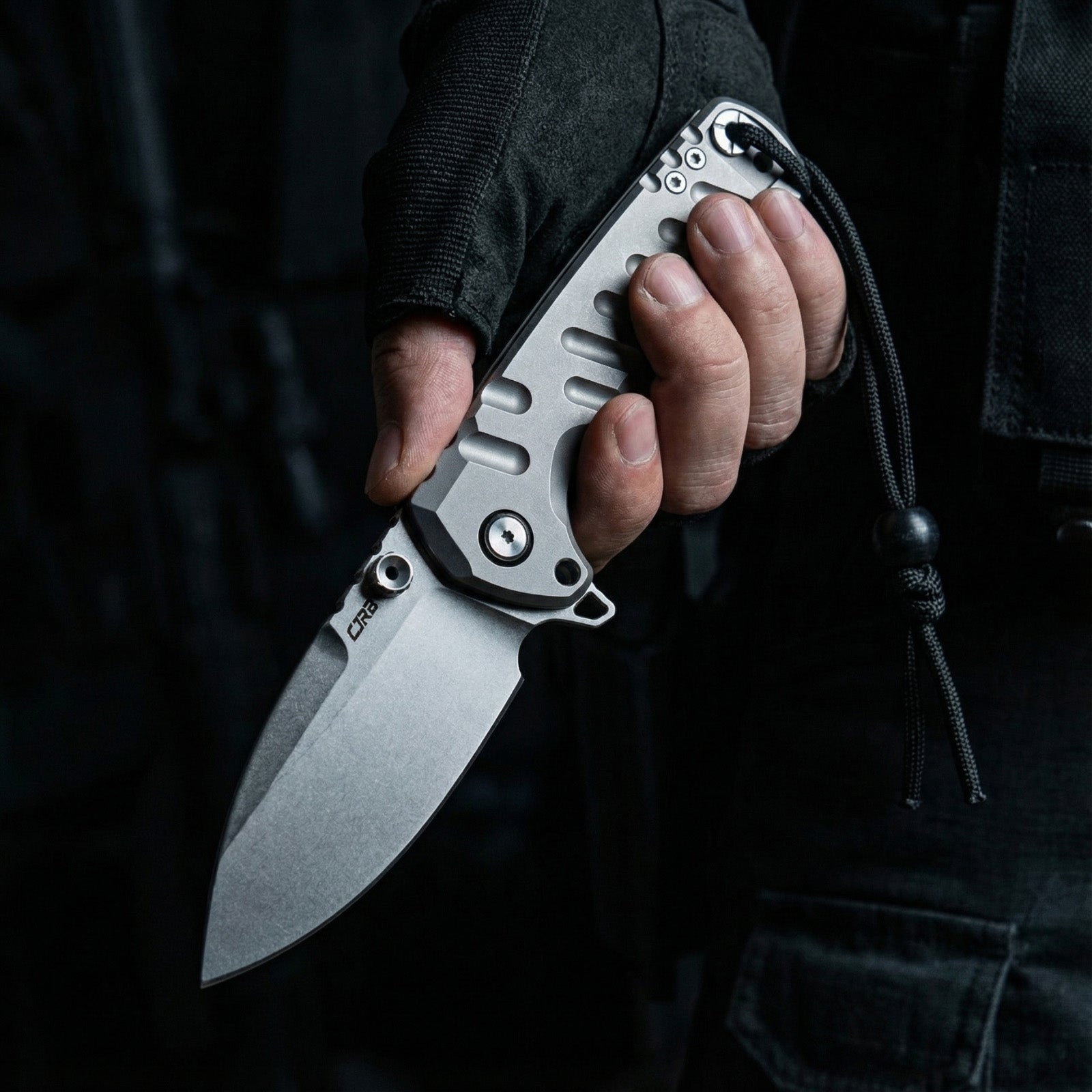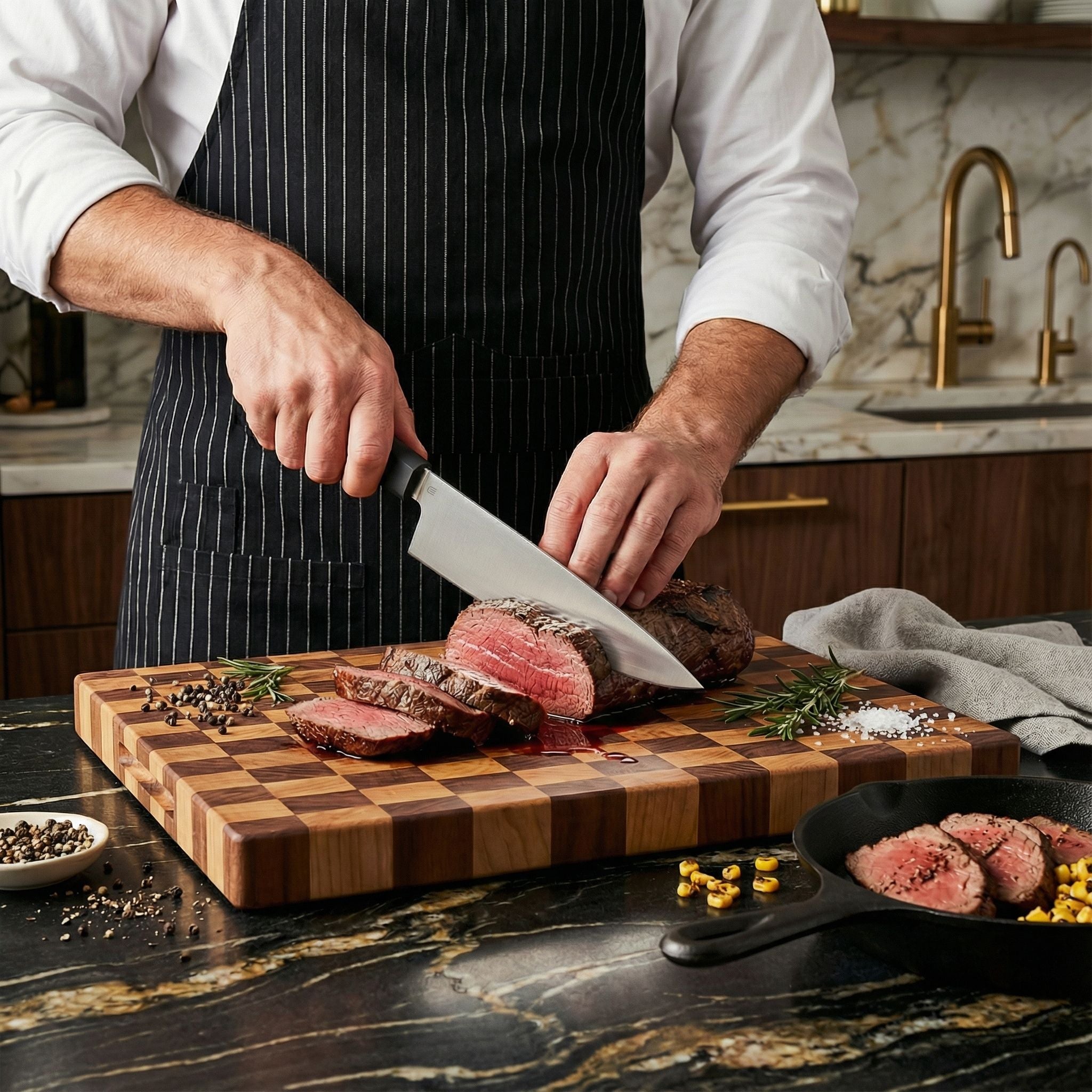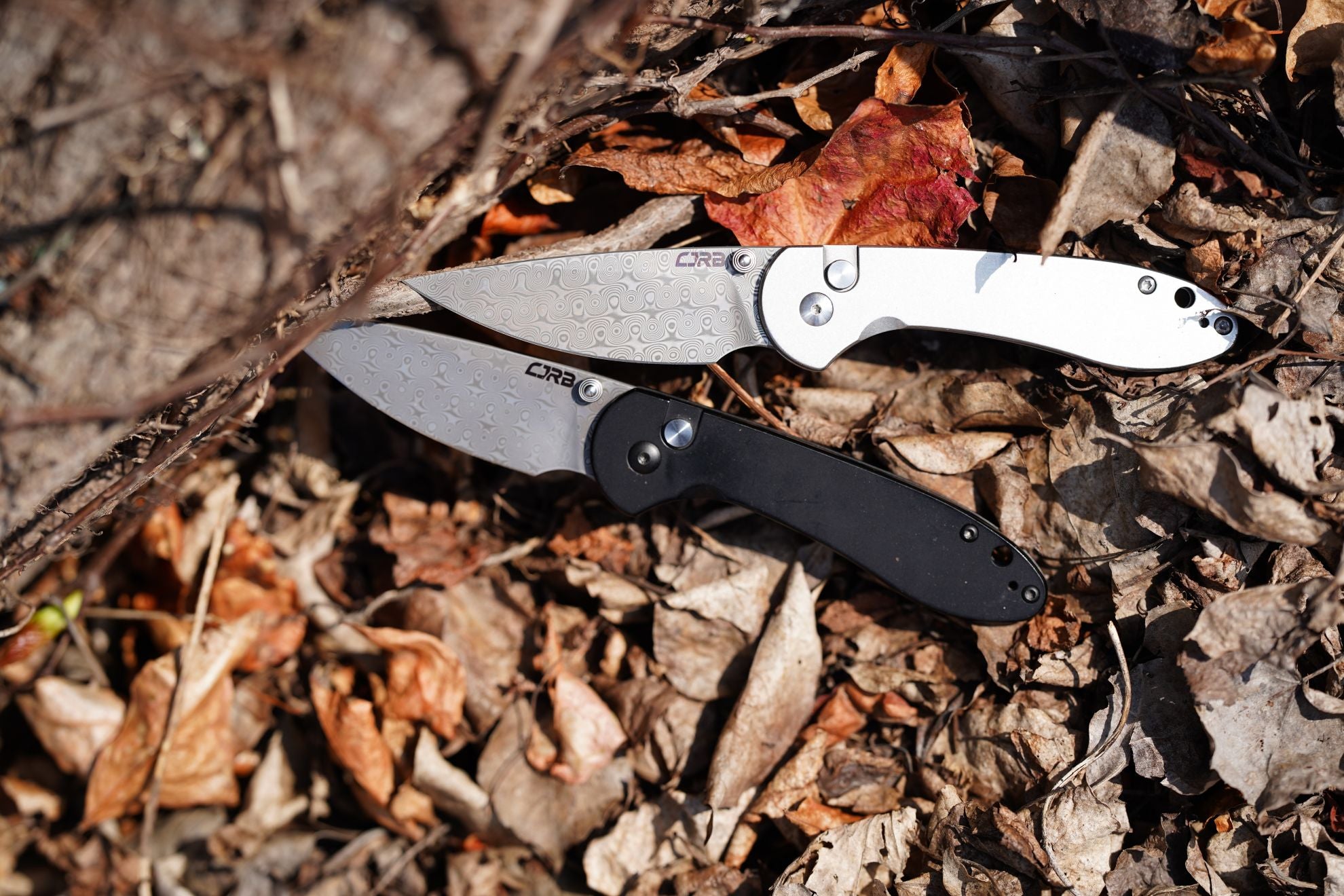A knife is only as good as its handle. The handle material determines how the knife balances and fits in your hand, how tightly it grips, and how much TLC it needs. Choosing a knife handle is a balancing act between durability, comfort, and aesthetics. What works comes down to how hard you use your knife and whether you value form or function.
Traditional Materials: Natural Beauty
Wood and bone handles have a timeless appeal but require more upkeep. Wood offers a natural grain that's both shock-absorbent and attractive but needs conditioning to prevent warping or splitting. Bone and antler provide a smooth, warm grip but can be brittle. For low-maintenance tradition, stabilized wood is treated to withstand the elements.
Popular woods include oak, mahogany, walnut, maple and rosewood. Dense, durable woods with tight grain are best for knife handles. Wood requires occasional sanding and conditioning with oil or wax to prevent drying out. Best for outdoor knives but not high-humidity environments unless well-maintained. Examples: Buck 119, Opinel No. 8, Helle Temagami.
Bone and antler handles like stag, buffalo horn and camel bone provide a luxurious grip but need stabilizing and sealing. Best for pocket knives and gents knives but high-maintenance. Examples: Victorinox Swiss Army, Case Sway Back, Helle Eggen.
Synthetic Fantastics: Tough Yet Tactile
Rubber and plastics like Kraton and Micarta are durable, waterproof, and hassle-free. Rubber has unbeatable grip, especially when wet, but limited longevity. Reinforced plastics like Micarta balance grip and grit for hard use. Molded thermoplastic handles are affordable but break down over time. For high performance, fiberglass-reinforced nylon (FRN) is a lightweight workhorse.
Rubber and plastics need little maintenance but can fade or degrade over time. Best for diver's, rescue and tactical knives where grip is paramount, especially wet. Lower quality handles need replacing sooner. Examples: Benchmade H2O, Spyderco Rescue, CRKT M16.
Metallic Marvels: Strong and Striking
Steel and titanium handles are for the long haul. Stainless steel is rust-proof but heavy and slippery. Titanium is featherweight, corrosion-resistant, and adds rugged style, but pricey. For budget hard use, aluminum is an ultralight alternative. With cutouts and texturing, metal handles can be as gripping as they are good-looking.
Metal handles require occasional polishing but are otherwise low-maintenance. Best for tactical, survival and hard-use knives where toughness is key. Heavier steel unsuitable for light tasks. Examples: Cold Steel Recon 1, SOG Pentagon, TOPS Steel Eagle.

The Best of Both Worlds: Hybrids that Have it All
Hybrid handles fuse the benefits of multiple materials. Natural wood or bone paired with a synthetic bolster blends beauty and brawn. Steel liners concealed in wooden scales provide hidden strength. For full customization, interchangeable handles let you swap materials whenever the mood strikes.
Hybrid and interchangeable handles need maintenance for each material. Scales may require fitting to the tang. Best for collectible pocket knives, gents knives and custom knives where versatility and upscale style matter. Examples: Chris Reeve Inkosi, Spyderco Slysz Bowie, LionSteel BestMan.
Finding your perfect handle is a matter of hands and heart. Whether you crave the latest and greatest or traditional tried-and-true, these essential partners to our most basic tools continue connecting us to the roots of craftsmanship. Enjoy the journey-your handle awaits!
Conclusion: Where Form Meets Function
Your ideal knife handle material depends on how you balance priorities of appearance, longevity, cost, grip, and maintenance. While synthetics dominate for hard use, natural materials remain timeless. Exotic hybrids and custom options satisfy those seeking both utility and uniqueness.
At the end of the (cutting) day, your perfect handle depends on how it fits and feels in your hand. There's satisfaction in finding a handle that's an extension of tool and self. From wood to carbon fiber, each material brings its own character and connection to craft.
Choosing among such time-tested or trailblazing traditions begins your journey to discovering designs and uses matched to your needs and desires.
With origins spanning centuries and continents, knife handle materials continue compelling connections between makers, tools and handled inheritors. Finding your handle is finding your grasp on this always sharp, ever-evolving history. Where do you choose to take hold today? The options await, ready to serve for a lifetime.










Leave a comment
All comments are moderated before being published.
This site is protected by hCaptcha and the hCaptcha Privacy Policy and Terms of Service apply.